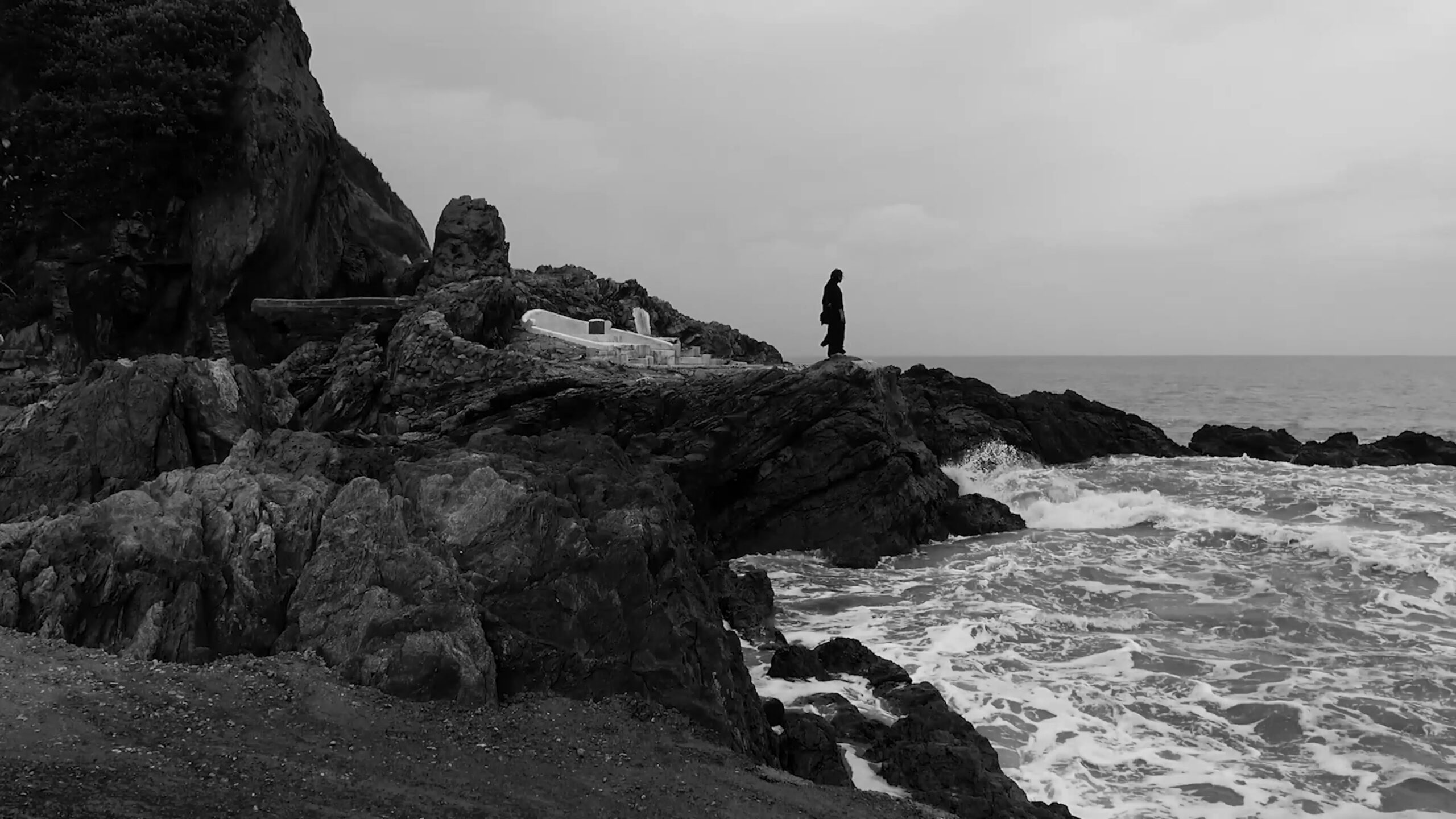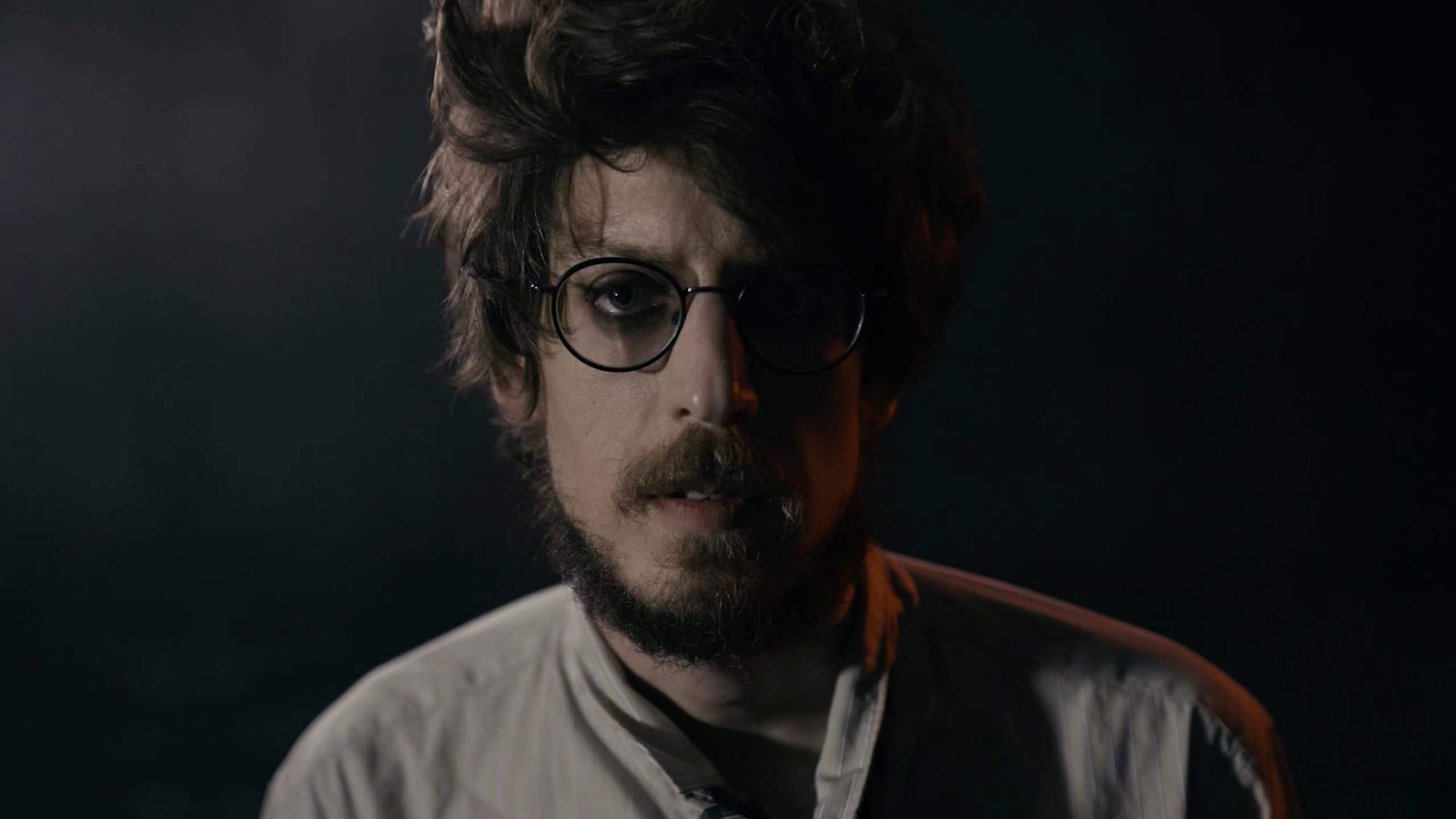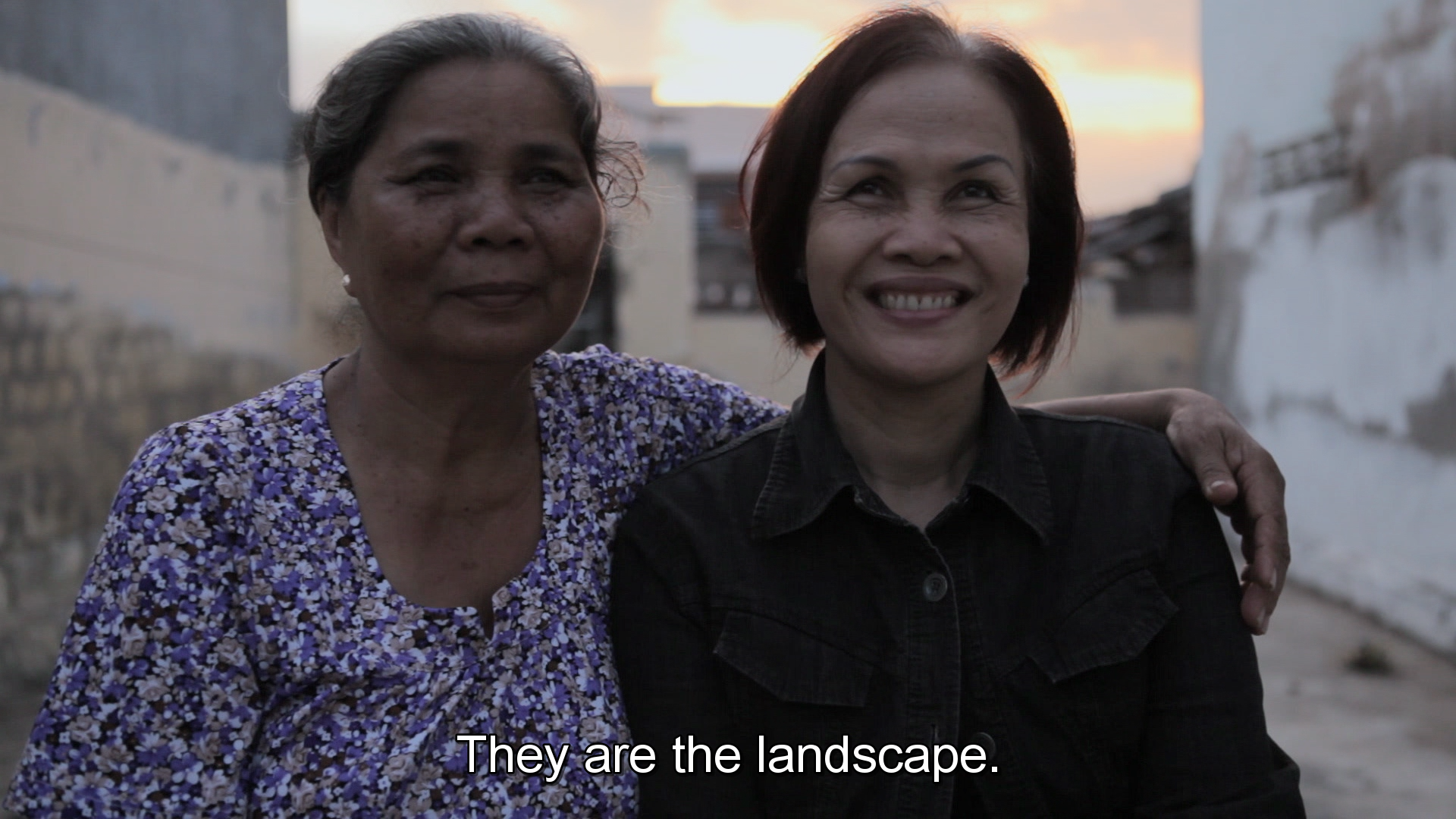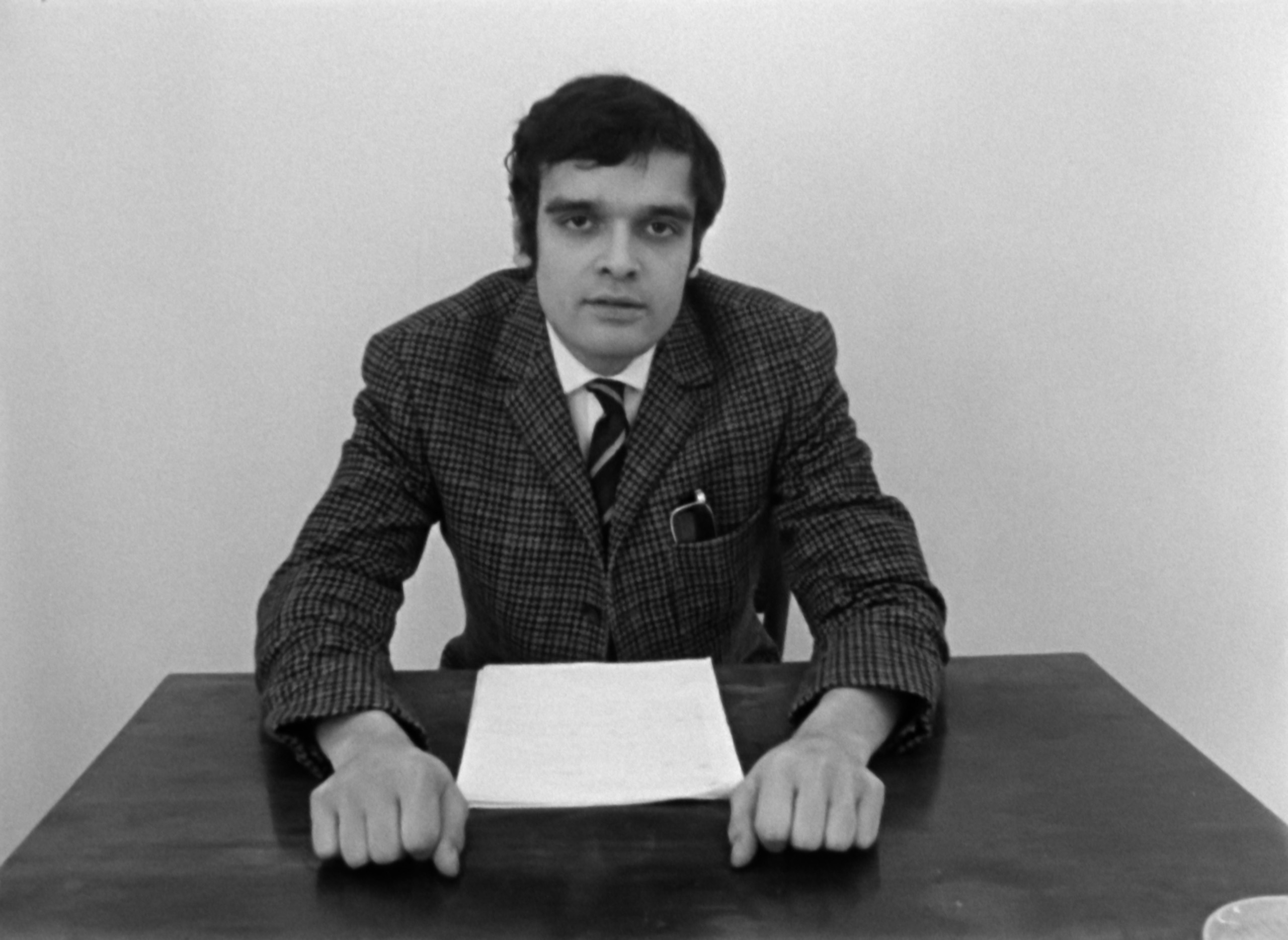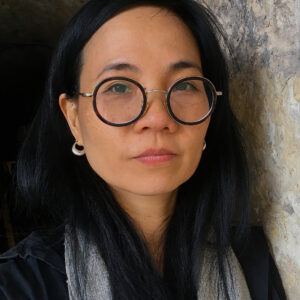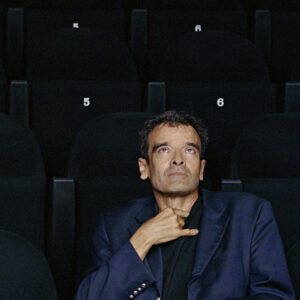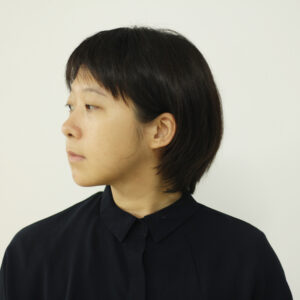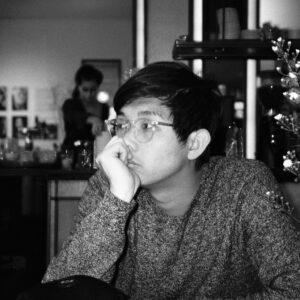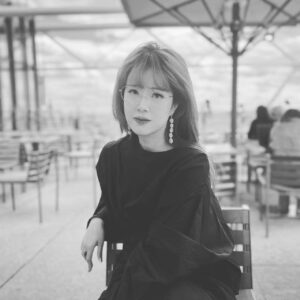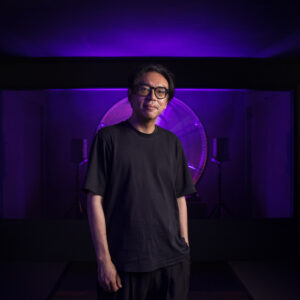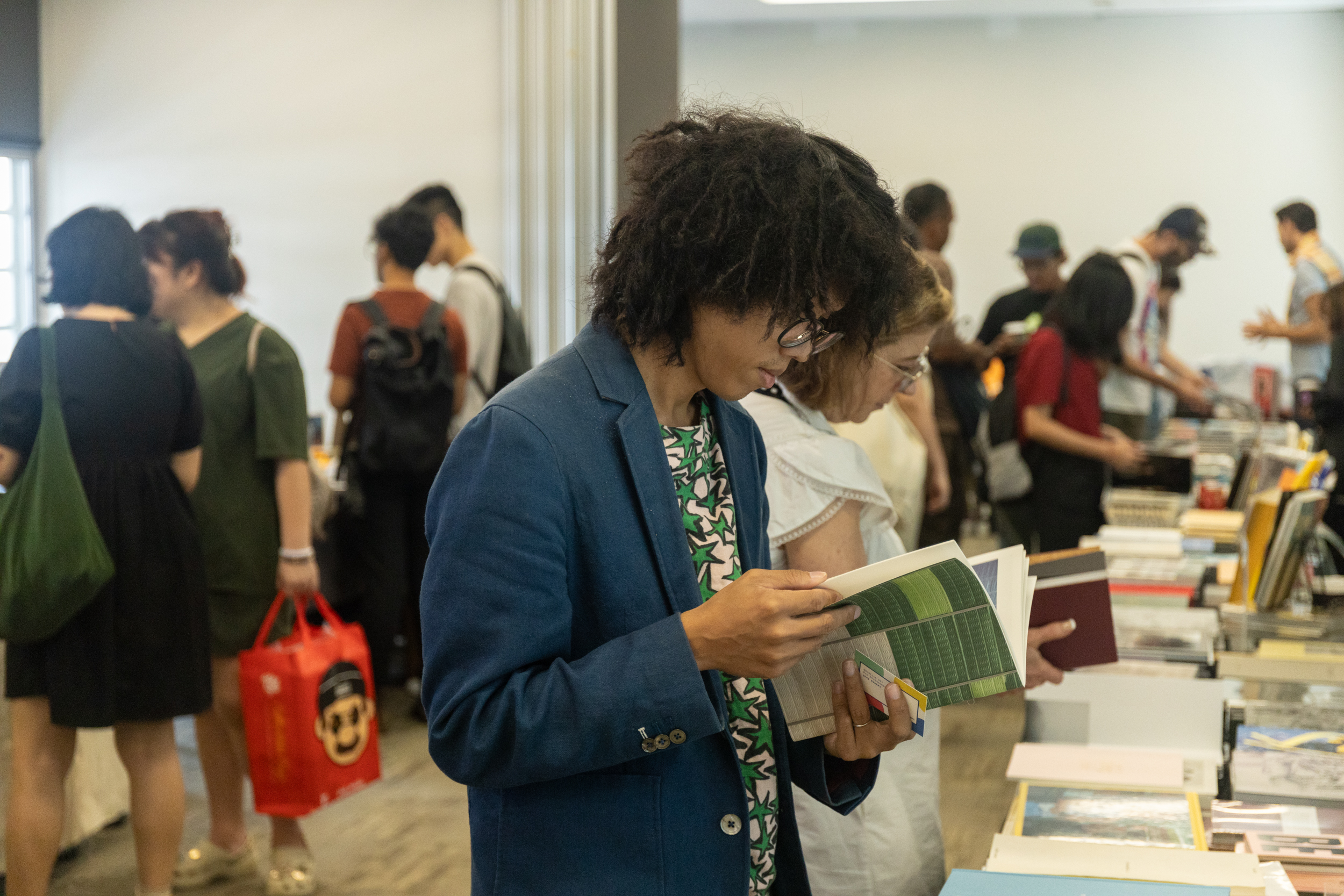There will be a post-screening panel talk, where we will be joined by artist Hu Wei and Ho Tzu Nyen as a respondent to further delve into the themes of the programme, moderated by curator Wang Shuman.
—
“Letter, Testimony” is a screening that serves as an extended contemplation of “The New Survivors,” an exhibition held at Three Shadows Photography Art Centre in Beijing in 2023, which utilises video as both a display medium and a research object to explore how the memory of contemporary trauma is recorded, produced, and revised, ultimately constructing new meanings.
The screening features four works: Letters from Panduranga (2015) by Vietnamese artist Nguyễn Trinh Thi, Seaside Cemetery (2017) by Chinese artist ZHU Xiang, Inextinguishable Fire (1969) by Czech-born German artist Harun Farocki, and The Almost Perfect Crime (2022) by Chinese artist Hu Wei. Through the narration of personal, familial, and communal letters, alongside the continuous repetition and deconstruction of testimonies, this screening seeks to examine how and why narrations and images from the past are produced, by whom, and under what institutional governance they are created and preserved.
It further responds to how the trauma of contemporary heterogeneity is formed, rewritten, and layered within those letters and testimonies. Returning to Catherine Malabou’s statement: “Trauma today is the heterogeneous mixture of nature and politics at work in all types of violence, this mixture where politics is annulled as such so that it assumes the face of nature and where nature disappears beneath the mask of politics.”[1]
[1] Catherine Malabou and Steven Miller, The New Wounded: From Neurosis to Brain Damage, (New York: Fordham University Press, 2012), xviii.
—
The New Survivors is curated by Wang Shuman, Associate Curator at Tai Kwun Contemporary and the recipient of the 2022 Jimei x Arles Curatorial Award for Photography and Moving Image. This programme is co-presented with Three Shadows Photography Art Centre with a special acknowledgement to CHANEL.
—
Screening List:
[1] Letters from Panduranga (2015) by Nguyễn Trinh Thi
The essay film, made in the form of a letter exchange between a man and a woman, was inspired by the fact that the government of Vietnam plans to build the country’s first two nuclear power plants in Ninh Thuan (formerly known as Panduranga), right at the spiritual heart of the Cham indigenous people, threatening the survival of this ancient matriarchal Hindu culture that stretches back almost two thousand years. At the border between documentary and fiction, the film shifts the audience’s attention between foreground and background, between intimate portraits and distant landscapes, offering reflections around fieldwork, ethnography, and intertwining circumstances of the past, present, and future, the film also unfolds a multi-faceted historical and on-going experience of colonialism, and looks into the central ideas of power and ideology in our everyday.
[2] Seaside Cemetery (2023) by Zhu Xiang
With the political stigma of coming from a “landlord” family and having left the party in 1941, he was transferred to a remote mountainous middle school as a teacher. At the beginning of the Cultural Revolution, during the armed struggle (July 1968), he was abused and shot by members of the faction (Sipai), some of whom had been his students at the middle school. Wandering through the lonely graves, tombs, and ancestral houses of the Nanhai Peninsula; looking through the dusty relics in my grandmother’s room – things that haunt my hometown are experiencing a second death. In the images, I see the “Seaside Cemetery” as a place where spirits return home, where the ghosts of men and women are manifested, and where they are the “perpetrators and victims” of each other in the history of the political movement. Both the sound and the text of the images attempt to tell the past of the ghosts of history and to preserve their memories.
[3] Inextinguishable Fire (1969) by Harun Farocki
“When we show you pictures of napalm victims, you’ll shut your eyes. You’ll close your eyes to the pictures. Then you’ll close them to the memory. And then you’ll close your eyes to the facts.”. These words are spoken at the beginning of an agitprop film that can be viewed as a unique and remarkable development. Farocki refrains from making any sort of emotional appeal. His point of departure is the following: “When napalm is burning, it is too late to extinguish it. You have to fight napalm where it is produced: in the factories.”
Resolutely, Farocki names names: the manufacturer is Dow Chemical, based in Midland, Michigan in the United States. Against backdrops suggesting the laboratories and offices of this corporation, the film then proceeds to educate us with an austerity reminiscent of Jean Marie Straub. Farocki’s development unfolds: “(1) A major corporation is like a construction set. It can be used to put together the whole world. (2) Because of the growing division of labor, many people no longer recognize the role they play in producing mass destruction. (3) That which is manufactured in the end is the product of the workers, students, and engineers.”
[4] The Almost Perfect Crime (2022) by Hu Wei
The Almost Perfect Crime is a persistent exploration of paradoxes in the “absent” and “muted” materials and narratives. The artist has conducted a laborious, intensive investigation as well as fabrication of the factual materials from a puzzling espionage crime (or a cross-border romantic relationship), which took place yet intentionally kept secret in the Cold War era, thus inviting the viewers to witness how an intimate relationship devolves into separation, and assume the roles of both a judge and participant in the convoluted plot. Within its multifaceted reconstruction based on media materials, forensic documents, movies and theater plays, this work transforms investigation of a public event in history into an “obsessed detective curiosity” and narcissistic identification with the “criminal”. This is a crime without a perpetrator, in which the laws, orders, transgressions, scandals and lies mentioned in the event have turned into a reference to our present conflicts.



